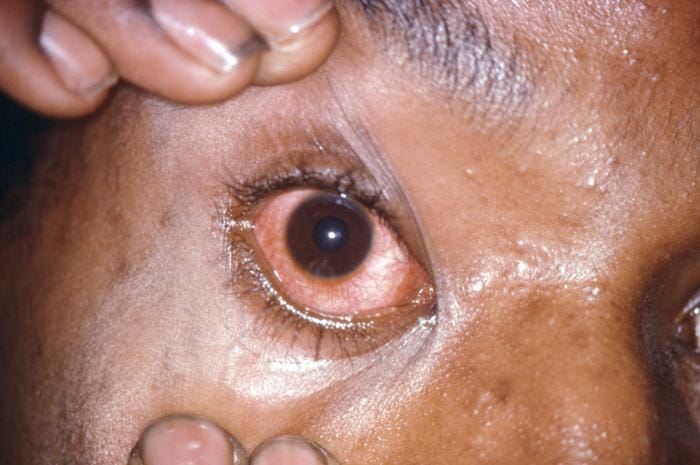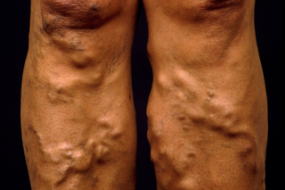
Conjunctivitis refers to the inflammation of the conjunctiva- the outermost layer of the eye and the inner layer of the eyelids. Its signs and symptoms depend on the etiological agent.
Etiology
Infection – Can be viral or bacterial. Common pathogens include:
- Viruses – Adenovirus, Herpes simplex
- Bacterial – Staphylococcus aureus, Streptococcus pneumoniae, Haemophilus influenza, Neisseria gonorrhea
Allergy – foreign bodies such as dust, smoke, fumes, fumes, etc
Chemical irritation – corrosive solids, liquids, and gases
Signs and symptoms
Typically acute but sometimes chronic in complicated cases.
- Discharge-watery or purulent (bacterial)
- Redness – due to diffuse conjunctival vascular dilation
- Blurry vision
- Itching
- Foreign body sensation
- Photophobia
- Chemosis
- Papillary hyperplasia
Diagnosis
Clinical evaluation- appropriate history and examination guided by the presenting complaints.
Culture – for severe infections, immunocompromised patients, after a corneal transplant, Graves’ disease exophthalmos.
Patch test – for allergic conjunctivitis
Differential diagnoses
- Uveitis
- Keratitis
- Glaucoma
Management
- Uncomplicated
Usually self-limiting, but symptoms can be managed, and treatment is indicated in severe cases.
- Complicated
Supportive- antihistamines, mast cell stabilizers, corticosteroid eye drops
Definitive- antimicrobial, e.g. fluoroquinolones
Prevention
The infection spreads through droplets, fomites, and hand-to-eye transmission
- Use hand sanitizer
- Avoid touching the non-infected eye
- Avoid sharing fomites
- Disinfect surfaces












